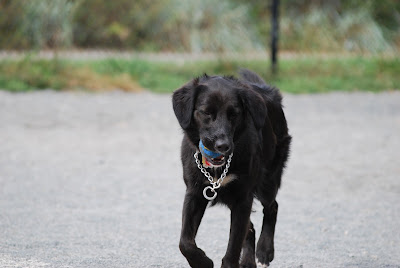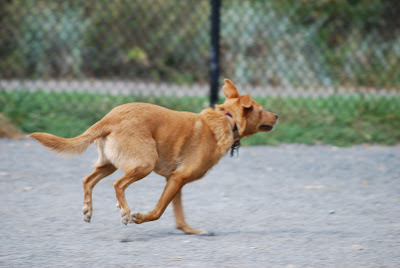Affordable Computer Geek of Salem MA
We took a trip to the dog park the other day and while shooting some pics discovered that the card was full. So from the cameras controls I deleted a handful of pictures and continued shooting. Fast forward to return home....
As I have many pics from the dog park and will most likely take more I am not all that upset. But there is always a different mix of dogs and there is always that one great shot. Plus I like to share them with the dog parks Facebook page for the other dogs people. What I am upset about is the fact that I just did a downright dumb move and broke my own rules about copying pics from the card.
Fast forward to return home....
I will usually remove the SD card and insert it in my laptop and COPY the pics off to the laptop. Always, well almost always I copy them off THEN delete them off the card. Why I didn't do it this way this time I have no idea.
Step Zero....DO NOT do anything to the storage (SD card) location. Do not remove the storage, do not delete anything else. Nothing!
Once I realized what I had done I turned to two different programs to help me out.
Pandora File Recovery and
Recuva. Both free. Pandora seems to be free outright. Recuva accepts donations for the free version and also has two paid versions.
Both are very easy to install and even easier to use. Probably even very easy for a novice computer user. Both did an equally good job in recovering my "deleted" photos.
Why air quotes on deleted? Well without getting very in depth when you press delete on your camera or on your computer it doesn't really mean delete. Not in all situations. What happened when I pressed delete on my camera and my laptop that day causes the space on the card of that particular picture I am deleting as open or free or better yet empty. The Master File Table (MFT) now knows that the particular location where your deleted photo was is now available to be overwritten.
What the file recovery programs do is read that MFT and find those locations and extract the photo information. It is not perfect, sometimes you get results as I post below. If you look closely you will see that it is actually a couple different pictures in the same file.
Thanks for reading,











































.jpg)